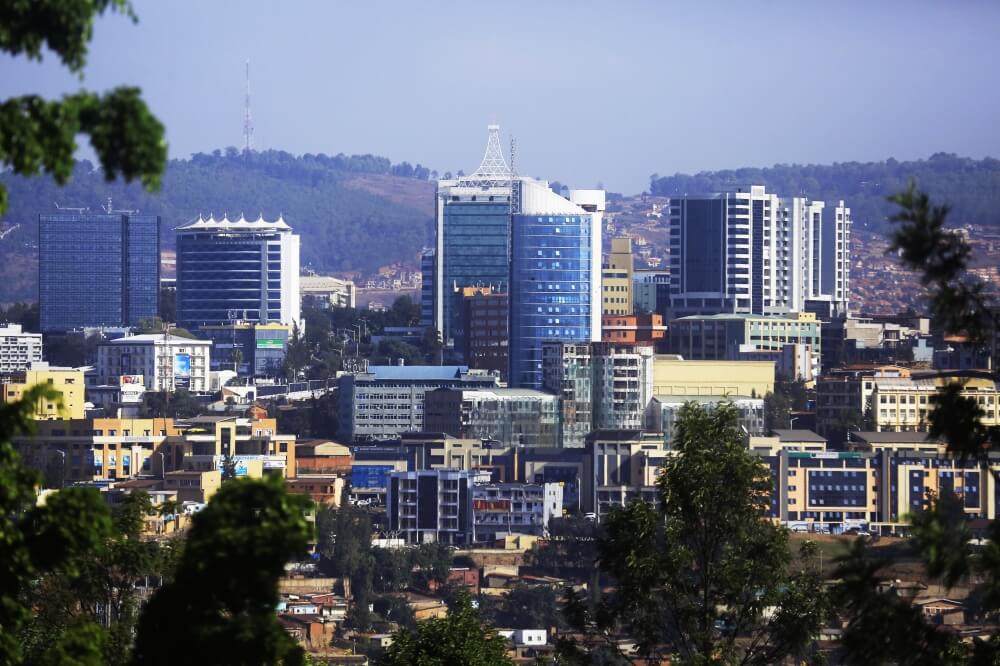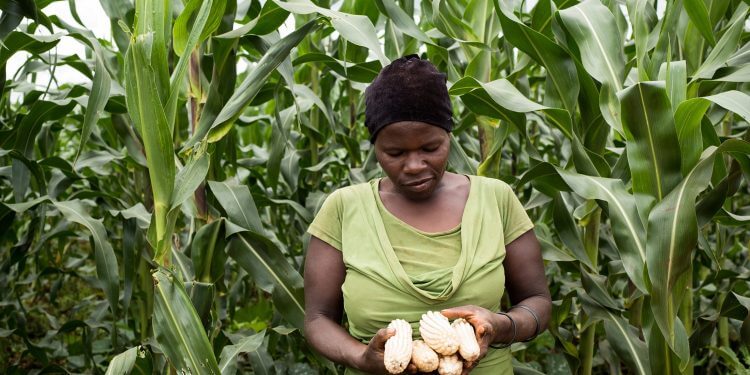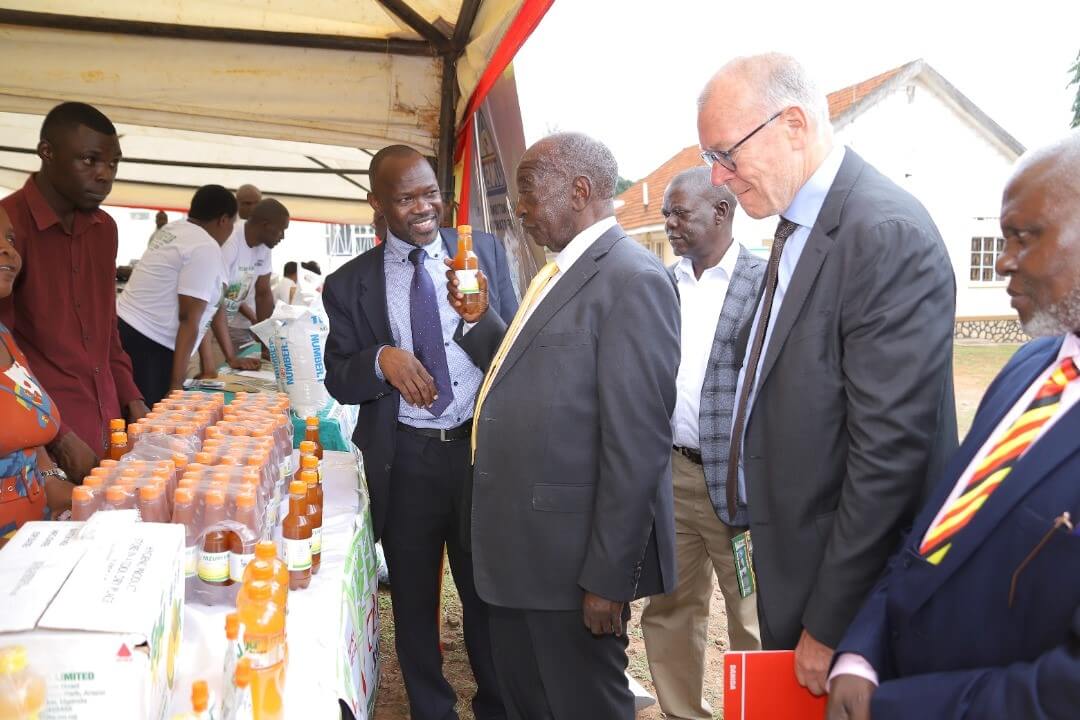In mid-June, as Kenya battled maize scarcity and related production costs, the Tanzanian government asked its grain traders to get an export permit before shipping maize out. Though an unpopular decision, as it cut supplies to Kenyan grain millers and other East African countries who had ordered stocks from Tanzania, the policy helped Tanzania to keep inflation in check, exposing the rest of the region to expensive food. In Kenya, the policy partly helped to drive the price of a two-kilogramme packet of maize flour to an unprecedented high of Sh200. Even before the dust settled, towards the end of June, Tanzania increased the export permit costs by 93 percent. In this directive, Dar es Salaam authorities increased the cost of acquiring export permits from the previous Sh27,000 per truck to Sh52,000. This meant that Tanzanian traders had to increase prices of their commodities, a scenario that discouraged export trade. These, among other policy interventions, have seen Tanzania shield itself from the wave of sharp rises in inflation sweeping across the region. Official data reveals that Tanzania had the lowest inflation rate in the region by the end of August at 4.6 percent. It was followed by South Sudan which recorded a 6.4 percent rate while the Democratic Republic of the Congo (DRC), the newest member of the East African Community (EAC) came third at eight percent. Kenya posted a 62-month high of 8.5 percent inflation in August, which rose to 9.2 percent in September, as the region races to...
Food, fuel price rise hands EA tough inflation lessons
Posted on: October 3, 2022
Posted on: October 3, 2022
























